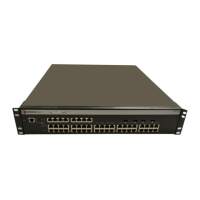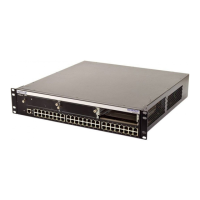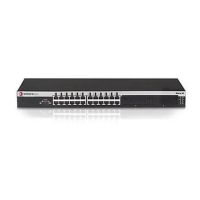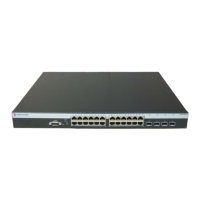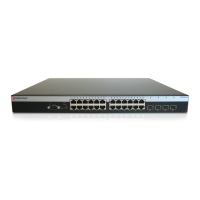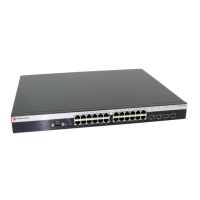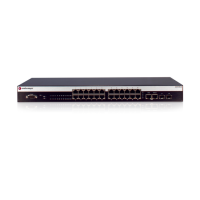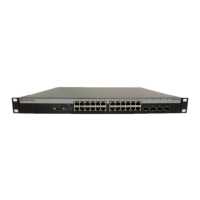Enterasys Matrix DFE-Gold Series Configuration Guide 18-1
18
Network Address Translation (NAT) Configuration
ThischapterdescribestheNetworkAddressTranslation(NAT)configurationsetofcommands
andhowtousethem.
Configuring Network Address Translation (NAT)
TheEnterasysNetworkAddressTranslation(NAT)implementationsupportsBasicNATand
NetworkAddressPortTranslation(NAPT).Inaddition,thefollowingfeaturesarealsosupported:
•StaticandDynamicNATPoolBinding
•FTP,DNS,TELNET,SSH,TFTP,HTTP,NTP(NetworkTimeProtocol),andICMP(withfive
differenterrormessages)softwarepathNATtranslation
•Force
Flows(SecurePlus)
BothbasicNATandNAPTarereferredtoastraditionalNATandprovideamechanismtoconnect
arealmwithprivateaddressestoanexternalrealmwithgloballyuniqueregisteredaddresses.
BasicNATisamethodbywhichIPaddressesaremappedfromonegrouptoanother,transparent
totheenduser.NAPTisamethodbywhichmanynetworkaddresses,alongwiththeirassociated
TCP/UDPports,aretranslatedintoasinglenetworkaddressanditsassociatedTCP/UDPports.
ThestaticaddressbindingfeatureisdesignedforboththebasicNATandNAPTimplementations
tosupportstaticandno
expirebinding,betweeninsideandoutsideNATaddresstranslation.It
supportsone‐to‐onebinding,localaddressestoglobaladdresses,andTCP/UDPportnumber
translations.
ThedynamicaddressbindingfeatureisdesignedforboththebasicNATandNAPT
implementationstosupportdynamicbindingbetweenanaddressfromanaccess‐list
oflocal
addressestoanaddressfromapoolofglobaladdresses.IPaddressesdefinedfordynamic
bindingarereassignedwhenevertheybecomeavailablefromtheglobaladdresspool.NAPT
allowsportaddresstranslationforeachIPaddressintheglobalpool.Theportsaredynamically
assignedbetweenarangeof
1024to4999.
Itissometimespossibleforahostontheoutsideglobalnetworkthatknowsaninsidelocal
address,tobeabletosendamessagedirectlytotheinsidelocaladdresswithoutNATtranslation.
Theforceflowsfeature,setusingthecommandipnatsecure‐plusonpage 18
‐7,isdesignedtoforce
allflowsbetweentheinsidelocalpoolandtheoutsideglobalnetworktobetranslated.
Router: Unless otherwise noted, the commands covered in this chapter can be executed only
when the device is in router mode. For details on how to enable router configuration modes, refer to
“Enabling Router Configuration Modes” on page 2-103.
Note: An Enterasys Feature Guide document that contains a complete discussion on NAT
configuration exists at the following Enterasys web site: http://www.enterasys.com/support/
manuals/
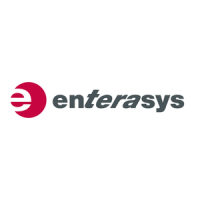
